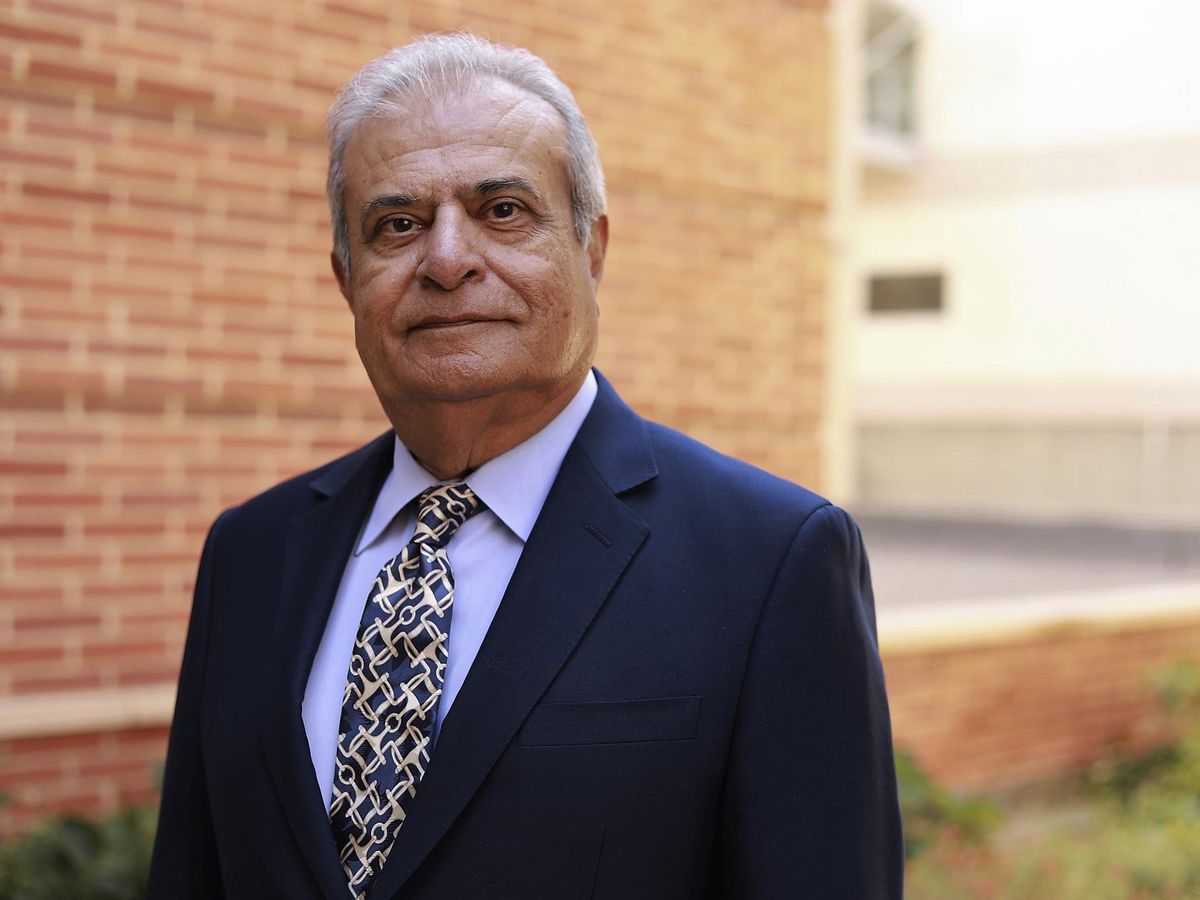IEEE Life Fellow Asad M. Madni is the recipient of this year’s IEEE Medal of Honor. He is being recognized “for pioneering contributions to the development and commercialization of innovative sensing and systems technologies, and for distinguished research leadership.”
The IEEE Foundation sponsors the award.
Madni has been a distinguished adjunct professor of electrical and computer engineering and distinguished scientist since 2011 at the Samueli School of Engineering at the University of California, Los Angeles. He is also a faculty Fellow at the UCLA Institute of Transportation Studies and the university’s Connected Autonomous Electric Vehicle consortium.
Before starting his career in academia, Madni served as chairman, president, and chief executive of Systron Donner and president, chief operating officer, and chief technology officer of BEI.
Madni led the development and commercialization of intelligent microsensors and systems for the aerospace, defense, industrial, and transportation industries. The GyroChip technology he helped develop at BEI revolutionized navigation and stability in aerospace and automotive systems, making them safer.
While at BEI, he also led the development of an extremely slow motion servo control system for NASA’s Hubble Space Telescope’s star selector. The system, which is still used today, provides the telescope with unprecedented pointing accuracy and stability, allowing astronomers to make new discoveries and learn more about the universe’s history.
“Dr. Madni has outstanding accomplishments in both managing research and development, and in personally inventing and innovating technologies at the cutting edge of his field,” says one engineer who endorsed Madni for the award. “I know of no one else more deserving of the IEEE Medal of Honor.”
SMART SENSORS
Under Madni’s leadership, BEI’s quartz rate sensor technology, later known as the GyroChip, was developed in the early 1990s. The technology is the first microelectromechanical system (MEMS)-based gyroscope and inertial measurement unit for aerospace and automotive safety applications, according to an entry about Madni on the Engineering and Technology History Wiki. It is smaller and more cost-efficient and reliable than prior technologies.
The GyroChip is used worldwide in more than 90 types of aircraft, including the stability control systems of the Boeing 777; the yaw damper for the Boeing 737; and in most business jets as a sensing element in attitude control and reference programs. It also is used for guidance, navigation, and control in major U.S. missiles, underwater autonomous vehicles, and helicopters, as well as NASA’s Mars rover Sojourner and AERCam Sprint autonomous robotic camera. The GyroChip is also employed in the U.S. Civil Air Patrol’s Airborne Real-time Cueing Hyperspectral Enhanced Reconnaissance system, which is deployed in search-and-rescue missions.
After the aerospace and defense markets began to decline following the end of the Cold War, Madni led the defense conversion of the GyroChip technology from the aerospace and defense sectors to the automotive and commercial aviation markets. The GyroChip became the foundation of vehicle dynamic control, which monitors a driver’s actions including braking and steering to combat the loss of steering control that can occur in unsafe driving conditions. The GyroChip is used in more than 80 models of passenger cars worldwide for electronic stability control and rollover protection.
The GyroChip and numerous other sensing, actuation, and signal-processing techniques developed by Madni laid the foundation for autonomous vehicles. The technologies and techniques are used for features such as lane-change assist, autonomous cruise control, steering and wheel-speed detection, navigation, and drowsy- and drunken-driver detection.
While at Systron Donner, Madni led the development of RF and microwave systems and instrumentation—which significantly enhanced the combat readiness of the U.S. Navy and its allies. The technologies provided the U.S. Department of Defense with the ability to simulate more threats for warfare training that are representative of ECM environments.
His current research focuses on the development of wideband instruments with ultrahigh data throughput to detect one-time rare events and cancer cells in the bloodstream, as well as a single-shot network analyzer for fast characterization of electronic and optoelectronic devices.
Madni also is leading research in the areas of computational sensing; wearable sensors; artificial intelligence and machine learning; and demand-and-response techniques for the smart grid and electric vehicles.
He is a member of the U.S. National Academy of Engineering and a Fellow of the U.S. National Academy of Inventors, the Royal Academy of Engineering, and the Canadian Academy of Engineering.
Madni, an eminent member of the IEEE Eta Kappa Nu honor society, has received numerous other awards over the years. They include the 2020 American Society of Mechanical Engineers Soichiro Honda Medal; the 2019 IEEE Frederik Philips Award; a 2016 Ellis Island Medal of Honor; the 2012 IEEE Aerospace and Electronic Systems Society’s Pioneer Award; the 2015 Institution of Engineering and Technology J.J. Thomson Medal; the 2010 IEEE Instrumentation and Measurement Society’s Career Excellence Award; and an IEEE Millennium Medal.
Joanna Goodrich is the associate editor of The Institute, covering the work and accomplishments of IEEE members and IEEE and technology-related events. She has a master's degree in health communications from Rutgers University, in New Brunswick, N.J.



